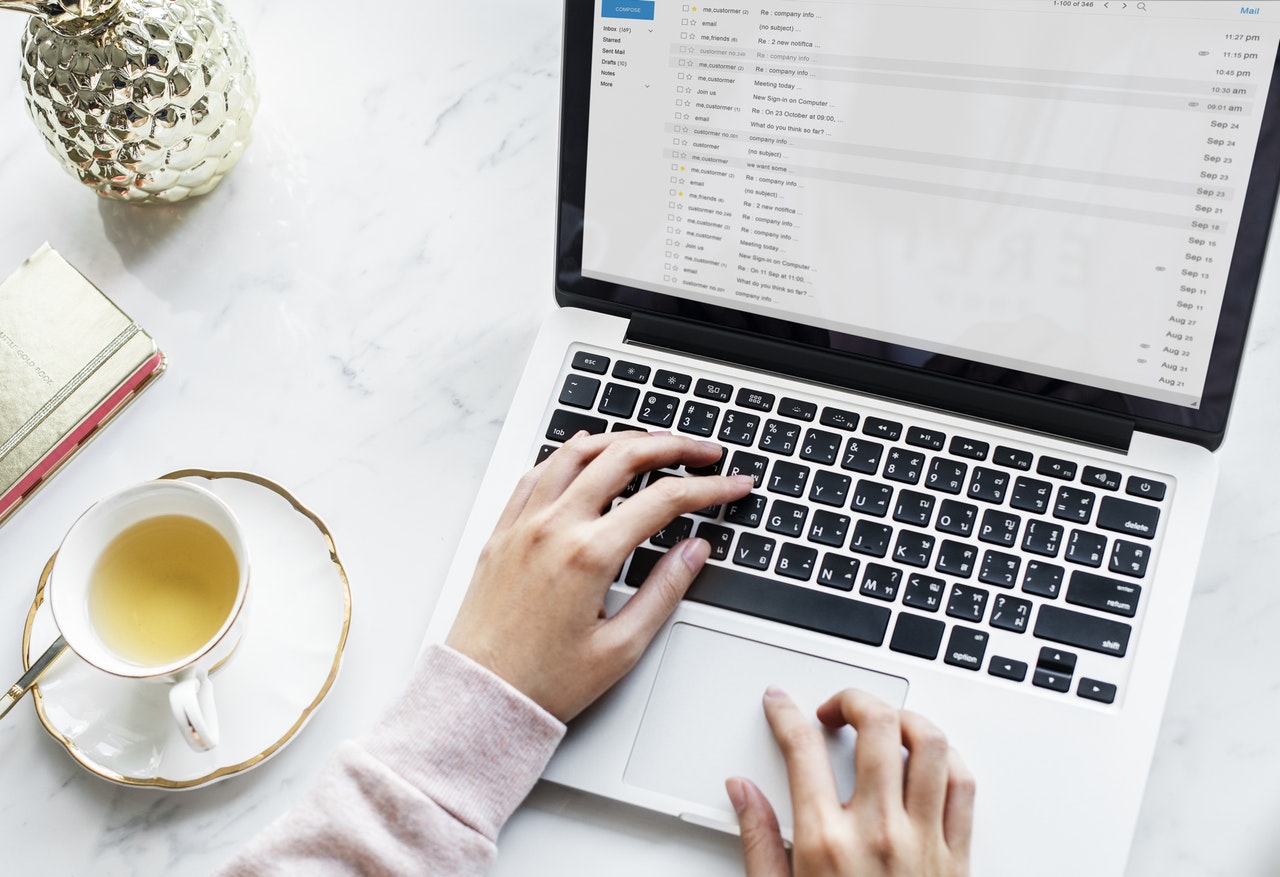Let’s talk about customer onboarding.
Did you know that the number one cause of churn is a bad onboarding experience?
It’s a bitter pill to swallow. After spending time, money, and effort to generate interest in your service. After converting site visitors into leads. After carefully nurturing those leads into customers… Finally, you have a new customer onboard. Both you and the customer are happy at first, but then, it turns sour. They decide to abandon ship, skydive from the airplane, jump out of the speeding car. In other words, they disengage from your service and ultimately churn.
But what happened? What caused your customer to leave your business?
If you answered “poor onboarding,” you’re paying attention. Poor onboarding can happen to any SaaS, but the good news is that it doesn’t have to happen to you. Below, we’re discussing the essential do’s and don’ts of onboarding your SaaS customers. If you’d like to stop churn before it happens, keep reading.
Do Map Out the Onboarding Journey

To provide a delightful experience for your customer, you must carefully map out their journey with your brand.
Your customer’s journey doesn’t stop immediately after the point of sale or subscription. Some would argue that it’s just starting. You must continue to woo your customers after they’ve signed up if you wish to prevent churn.
Repeat after me: The seeds of churn are sown early. Common reasons for churn include bad customer service, underperforming product, and weak relationship building. Those seeds are planted early on in the brand-customer relationship. However, the number one cause of churn is poor onboarding which occurs immediately after the customer signs up.
You need to create an onboarding map that guides them through those vulnerable first few weeks with your brand. Within month one of your service, the new customer must see your service as an indispensable part of their routine or work flow.
That doesn’t just happen magically.
That happens through showing them exactly how to use your service successfully. Your service has a lot of bells and whistles and your new customer doesn’t know what in the heck they’re doing. It’s your responsibility to make good on your marketing promises. Show them exactly how to use your service to receive the benefits you’ve promised to them.
Here’s an example of how to create an effective onboarding map:
Step One: Choose the engagement channel
Where will you interact your new customers? For most SaaS, the best channel for onboarding is email.
Step Two: Create a series of how-to tutorials
Show your customers how to use your service, from beginner to advanced, with a series of how-to tutorials.
Step Three: Create a schedule
Develop a schedule for sending out the how-to tutorials.
Step Four: Create rewards for participation
Reward your customers for engaging with you. Assign a doable goal and then celebrate your customers after they’ve completed that goal (i.e. followed the tutorial and completed it).
Your onboarding map may look different depending on the type of service that you offer. Just remember that the concept of any onboarding map is to guide your customer from newbie to pro.
Let’s take a closer look at how to use email to properly onboard your customers.
Do Focus on Your Email Game

The best channel for onboarding SaaS customers is often email.
While you can use in-app onboarding, there’s one problem: You’re depending on the customer to return to the app on their own. What if the customer doesn’t return to the app? After the initial ooh and ahh of sign up, your new customer’s interest may fade rather quickly. You need to use email to keep them engaged.
The inbox is where all the magic happens.
Send a Welcome Email
The very first email you should send is a “Welcome” email. Set expectations from the beginning that you’ll be sending out emails on a regular basis. You want your new customer to get familiar with seeing your emails in their inbox.
Your welcome email should be short, sweet, and sincere. Thank them for signing up (appreciation is rare these days).
The call to action for your welcome email should direct the new customer right back to your app. Ideally, the customer needs to get started right away, even if that’s to finish setting up their account. Engage your new customer from the very first email.
Share Tips on How to Use Your Service
Within the next two days after your initial welcome email, start deploying your how-to tutorials. Over the span of a few weeks, share tips that take the customer from beginner to advanced user. However, don’t send too many tips too soon. Each email should focus on a single task that helps your customer learn more about your service.
It may take 10 tutorials to help the customer gain proficiency in your app. If so, send out one tutorial each day over the course of two weeks (but not on weekends when the email open rate tends to be lower).
In addition to tutorials, you can also send case studies that illuminate different success stories. Case studies are another way to show your new customers how they can succeed from using your service.
Personalize Your Emails
When you personalize your emails, your new customers are much more likely to open them. Personalization goes beyond addressing your customer by name in the email. It’s about creating relevant content that your customer wants to read.
Ideally, before sending out onboarding emails, you should group your customers according to their needs, behaviors, or pain points. Doing this allows you to personalize your onboarding emails.
You can slice and dice your customers in all sorts of ways, such as:
- Demographics (age, location, job title)
- Email open rates
- Types of emails they open
- Type of service they signed up for
- Price point of the service they signed up for
Ask About Their Experience
Last, but not least, send out an email to ask about their experience with your service. Don’t be the only voice speaking. Encourage them to share their thoughts with you, too.
Don’t Lose Touch
Until either you or your customer intentionally ends your business agreement, continue to reach out to your customer. Don’t underestimate the power of emails to stay top of mind with your customers.
While the initial onboarding process may be over, you’re never completely done with customer engagement. If you stop sending emails after the onboarding process, your customers may still forget about you. Develop a schedule for sending out fresh resources on a frequent and predictable basis (i.e. once a week every Tuesday).
Don’t Call for Multiple Actions
Never ask for multiple actions at the same time. Whenever you engage with your customers, always have one desired course of action in mind (i.e. complete your contact details, watch this video tutorial, follow us on social media).
If you have two calls to action, it’s easy for customers to do the first one and forget to complete the second action— and that second action may be the more important one!
Instead of taking this risk, ask for one engagement at a time.
Final Thoughts
After the hard work of attracting leads and converting them into customers, now’s not the time to relax. It’s crucial that you develop an onboarding strategy, too. Help your customers achieve success with your service. Otherwise, you risk losing your customers forever.


